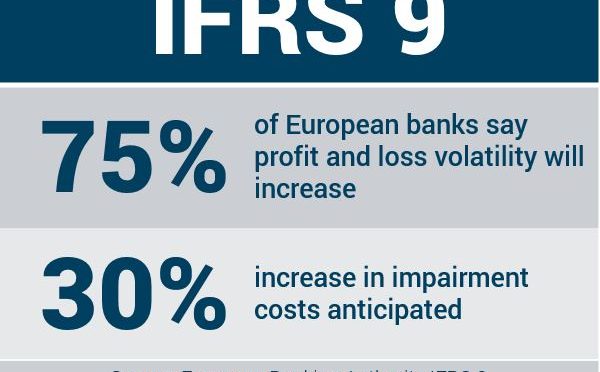IFRS 9: Three Critical Areas of Focus for Collectors
Blog: Enterprise Decision Management Blog

My colleague Bruce Curry recently published a blog on “IFRS 9 & Collections – The 31 Day Time Bomb”. During my various client interactions, I can see that many businesses are developing and testing the impairment models that will give them a good understanding on the financial impacts that the new standard will have on their balance sheet performance, but the operational implications are currently less clear.
From a practical perspective, I believe there are three areas across collections that should be reviewed to mitigate the increases in impairment that are expected to result from IFRS 9:
1. Pre-arrears strategy – These strategies have been a topic of conversation for a number of years and their success has been mixed. IFRS 9 means that it is now more important than ever to adopt a “prevention rather than cure” approach in mitigating the risk, and flow, of accounts into Stage 1 and Stage 2 provisions.
While this approach may identify accounts where losses may have to be recognized, and accelerated (due to an obvious deterioration in the risk of a currently up-to-date customer), the benefits of preventing accounts from slipping into Cycle 1, where they may not cure, should not be overlooked. The challenge for the collections operation is to work out how they can efficiently and effectively work the additional volume of accounts that they will need to work.
2. Self-cure segmentation – The identification of accounts that are likely to self-cure is a well-practiced discipline in many organisations. The hold-out periods reduce the number of accounts requiring work and, as a result, deliver significant operational efficiencies.
This approach is now being challenged, with a number of my clients starting to reduce the self-cure periods, due to the realization that not working certain accounts is increasing the risk of these accounts rolling into Cycle 1. This is sound risk management at work but leads to an increase in the number of accounts that will require working by the collections operation.
3. Collaborating versus non-collaborating customers – In the event that self-cure periods are in fact rationalised then, if a payment is not received once a self-cure period has expired, the next step will be to quickly assess which of the non-paying customers are going to collaborate.
In the past, there has been significant discussion around how many days an account should be attempted in the dialler before contact is made, how many attempts were made and where those contacts were made (home, mobile, work). Of course, this is important from an operational efficiency perspective, but with the “Need for Speed” in making contact with the customer, alternative strategies may well be required. For example:
- A case managed approach being taken at an earlier stage of delinquency
- Depending on geography, the increased use of debt counsellors/field agents to “re-connect” with the customer
- Greater/improved collaboration with the debt advice sector to try and encourage the customer to contact the creditor
Underlying all the above is the fact that collections operations will undoubtedly need to handle additional volumes of accounts, executing appropriate and compliant strategies with greater intensity, but without necessarily being given the resources to complete this work.
This is where omni-channel software can help. An effective omni-channel strategy is not just about using each channel individually; it is about leveraging all the communication channels available, interactively, in the same digital “conversation” with the customer.
The right solution will:
- Use data to determine how to engage with, and respond to, customers
- Provide the full suite of appropriate channels customers are using to run their lives
- Manage the digital “conversation” and work flow transactions in real time or, at least, seamlessly
- Help to remove unnecessary friction in the payment process, which is conducive to speeding up past-due payments and should result in less volumes moving to Stage 2
- Provide availability 24/7
Successfully implementing this approach will provide you with an early view as to whether or not the customer is willing to collaborate and, at the same time, allow you to efficiently work, with greater intensity, the additional volumes of accounts that you may be asked to work as a result of the introduction of IFRS9.
FICO has developed a set of proven methods for designing contact strategies that are focused on meeting the challenges posed by IFRS 9. If you would like to take advantage of one of our digital transformation workshops, focused on IFRS 9 defence, please contact me at huwvaughan@fico.com.
The post IFRS 9: Three Critical Areas of Focus for Collectors appeared first on FICO.
Leave a Comment
You must be logged in to post a comment.







